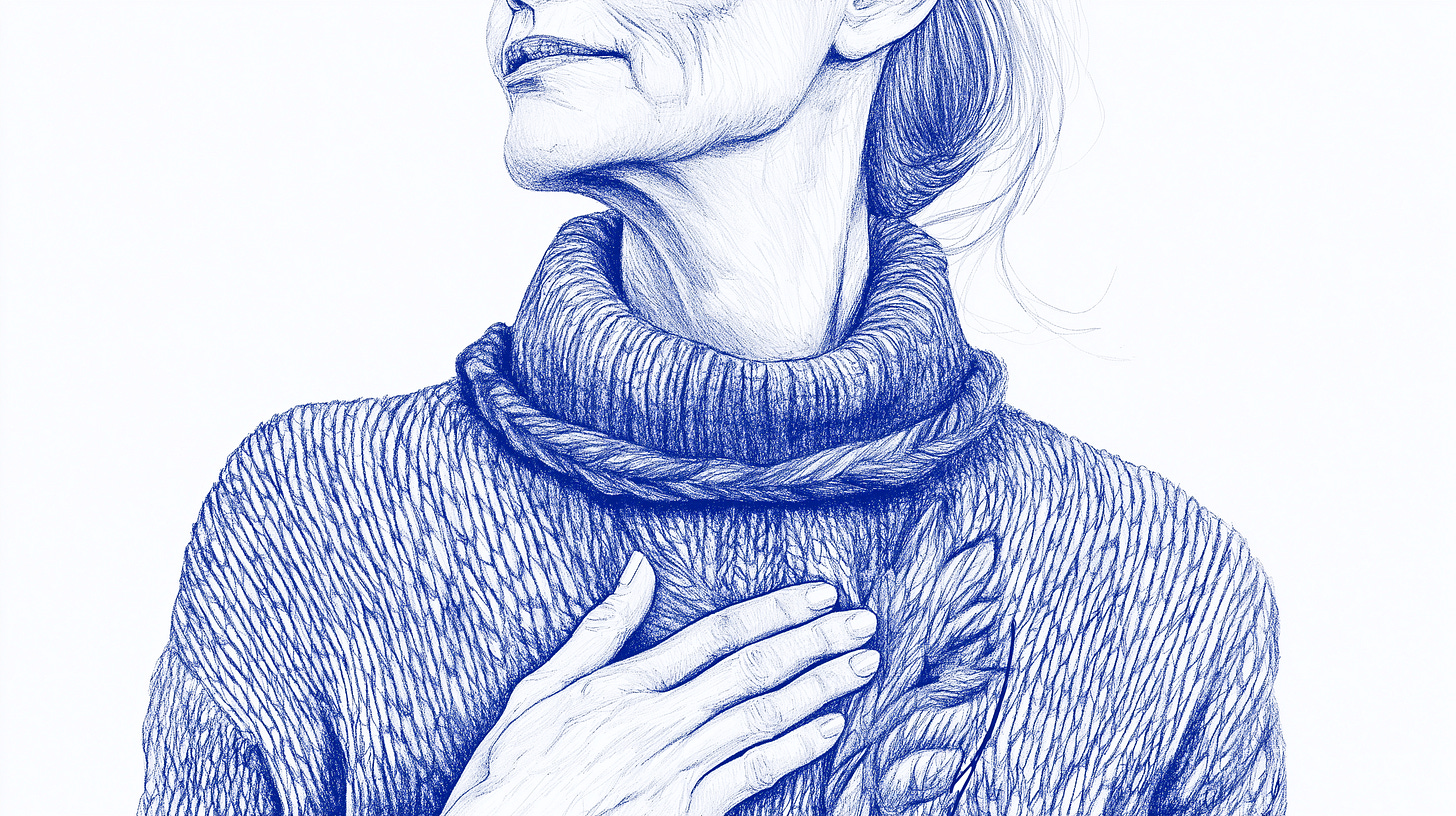Not Everything Has to Explode – The Therapeutic Calm of Low-5
Data from The Pattern Project show that Low-5 quiets emotion, body, and mind within minutes—suggesting calm itself can be a primary therapeutic endpoint rather than an afterthought.
Why calm deserves its own spotlight
While MDMA, psilocybin, and other psychedelics often produce explosive experiences—ego dissolution, ancestral visions, or waves of ecstasy—vaporized Low-5 (low-dose 5-MeO-DMT) tells a quieter story. Across The Pattern Project’s research, the most frequent experience isn’t dramatic. It’s calm.
But calm isn’t one thing. It shows up in layers: in emotion, body, and mind. And it’s showing up consistently—across survey responses, therapist reflections, and real-time brainwave recordings.
Emotional Calm
From our Experience Survey and Trip Reports, people often described an immediate sense of emotional softening:
“I wasn’t being chased by my usual thoughts. The ones that usually feel like they’re coming from behind to get me.”
“A sense of safety, calm, and peace—an absence of negative emotions...”
“Feeling instantly relaxed, calm, and peaceful.”
These reflections suggest a downshift in emotional reactivity—respondents describe moving from guarded to grounded, from braced to open.
Among the 11 therapists in our qualitative study, the same emotional shift stood out:
Clients access and process emotion without overwhelm
Clients often experience increased emotional empathy early in the session
Clients retain a steady sense of agency, supporting emotional regulation
This kind of emotional calm doesn’t seem to be bypassing—it may be capacity building. It lets people feel, without becoming flooded.
Body Calm
Many survey respondents and trip reports described a shift in bodily awareness and relaxation:
“I felt grounded in my body—very centered and calm.”
“I experienced tingling throughout my whole body. I became very relaxed…”
“I leaned back over a big floor pillow and felt light and expansive, yet grounded and weighty.”
These statements point toward a parasympathetic shift—out of fight-or-flight and into rest-and-digest.
Therapists in our retrospective study also noted:
Visible relaxation of muscular and postural tension
Returning to baseline by the end of the session
Increased somatic safety
This body-level calm appears to create conditions for meaningful therapeutic work—without the lingering overstimulation that longer-acting psychedelics sometimes produce.
Mind Calm
Low-5 often brings a sense of clarity, not confusion—a quieting that sharpens perspective.
From our Experience Survey and Trip Reports:
“There was a palpable quieting of the mind.”
“I felt calmer and more grateful for the present moment, less distracted by thoughts and more connected to the world around me.”
“Physically it was uncomfortable… yet I felt more seated in my ‘self’—mental chatter gone, mind clear.”
The therapists we interviewed echoed this dimension of calm:
Stepping out of rigid thought loops
Insight and flexibility often emerge mid-session
A sense of internal spaciousness allows for deeper integration
The reports indicate that the mind doesn’t go blank. It refocuses. Perhaps this is what powers insights on Low-5—enabling people to notice what usually stays hidden.
What our Brainmap showed
In our Brainmap case study, a therapist inhaled Low-5 while connected to real-time EEG monitoring. Within minutes:
Fast, anxiety-linked brainwave activity decreased
Slower, calming rhythms increased and remained stable
Thinking-speed metrics remained intact (no cognitive fog)
The Emotional Dysregulation Index dropped 30%—from 5.9 to 4.1—and stayed in the calm zone even after the subjective effects wore off
Brain Map: Emotional Disregulation Index
While the therapist described feeling “back to normal” by the end, the EEG data told a deeper story: a decrease in signals linked to arousal, greater stability in mood regulation, and evidence of a settled nervous system.
What the biology suggests
No clinical studies have looked directly at vaporized Low-5.1 But research on higher doses of 5-MeO-DMT offers helpful clues.
At the receptor level, 5-MeO-DMT binds primarily to serotonin sites like 5-HT1A, often linked to calming and anti-anxiety effects, and 5-HT2A, which plays a role in perception and how the brain learns from stress.2 Together, these systems shape how we feel, adapt, and recover.
In stressed mice,3 a single dose of 5-MeO-DMT:
Activated brain plasticity-related genes (Arc, Zif268)
Suppressed fear-linked gene expression (NR2A)
Boosted resilience markers (TRIP8b) five days later
Reduced stress hormones and anxiety-like behaviour
The dose was higher than what Low-5 offers, but the findings are suggestive: that 5-MeO-DMT can engage biological systems that support calm. Whether smaller, shorter doses do the same—just more gently—is an open question, and a compelling one for future research.
A note on safety
The vast majority of participants in our Experience Survey and Trip Reports described some form of calm—emotional, physical, or mental. A smaller subset (~10%) also reported short-lived discomfort such as nausea or anxiety, typically resolving within minutes.
Conclusion: Calm, by design
In a psychedelic therapy landscape often focused on intensity and breakthrough, Low-5 offers something else: calm.
Not as an afterthought—but as a core therapeutic effect. Its short duration and layered calming impacts may make Low-5 especially valuable for clients who need to feel safe before they can go deep.
This isn’t calm as a destination—it’s more like a tuning. Low‑5 brings mind, body, and emotion into just enough alignment for clients to meet what arises with presence and care.
This piece reflects insights from two years of volunteer-led surveys and interviews. If it brought value, consider becoming a paid subscriber—your support helps The Pattern Project go deeper.
Kwaśny A, Wilkowska A, Cubała WJ. Short-term safety and tolerability profile of 5-methoxy-N, N-dimethyltryptamine in human subjects: a systematic review of clinical trials. Frontiers in Psychiatry. 2024 Sep 19;15:1477996. doi:10.3389/fpsyt.2024.1477996
Inserra A, De Gregorio D, Gobbi G. Psychedelics in psychiatry: neuroplastic, immunomodulatory, and neurotransmitter mechanisms. Pharmacological Reviews. 2021 Jan 1;73(1):202-77. doi:10.1124/pharmrev.120.000056
Nogueira M, Ferreira Golbert DC, Menezes R, Nóbrega de Almeida R, Galvão-Coelho NL, Siroky AN, Lima TZ, Maia H, Leão KE, Leão RN. Serotonergic psychedelic 5-MeO-DMT alters plasticity-related gene expression and generates anxiolytic effects in stressed mice. Molecular Psychiatry. 2025 Jan;30(1):50-60. doi:10.1038/s41380-024-02655-w






Continue to appreciate the great work you’re doing.